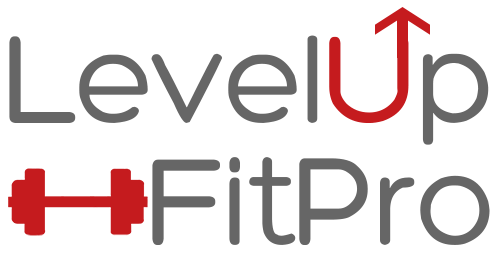The purpose of an initial consultation is to get a better understanding of your client’s past, present, and future when it comes to their health and fitness. Knowing this information, you’ll have everything that you need to help them make a plan to achieve their goals. In this post, I’ll share the most important forms to include in your consultation process as well as an example of what a consultation flow might look like. First, here are some forms that you might consider using during the consultation:
Legal Forms:
Release of Liability. This form is designed to protect you in the event of an accident that results in your client getting injured while they’re working with you.
Medical Release. If your client has any existing medical issues, or recently had a surgery or recovered from an injury or health condition, you’ll want to have them get a release form signed by their doctor and/or physical therapist stating that they are released to exercise. You must have this before you start working with this client.
Terms and agreement for payment and program expectations. If you work for a gym, they likely have this form included in the onboarding process when a new client comes in. If you work independently, you’ll want to create a document that clearly states your payment policy, the specific agreement for how long you and your client are working out together, terms for what happens if someone wants to end the trainer/client relationship early, etc. What services can the client expect from you and what do you expect from them during the time that you’re working together? Having this in writing in plain english is critical to your success in running a healthy business.
Additional Information:
PAR-Q (here’s a link to a PAR-Q form from NASM: https://www.nasm.org/docs/default-source/PDF/nasm_par-q-(pdf-21k).pdf)
A PAR-Q, or Physical Activity Readiness Questionnaire, will give you a brief overview of your client’s current lifestyle and any current or past health issues/injuries. This information helps you to identify other questions that you need to ask in order to best serve your client.
Goal Setting Sheet. What are the tangible results that your client wants to see in order to know that they have succeeded? What do they want to get out of the program? You both need to be on the same page when it comes to goals so that you’re traveling in the same direction during the training process. We’ll be talking about goal setting a bit more in next month’s blog, so stay tuned for that! It’s also important to find out what has or hasn’t worked for them in the past. If they’ve tried something with little to no success, it’s up to you to help them find a new path to success.
Assessment. Where is your client starting out physically right now? A movement assessment, like the Overhead Squat Assessment, can give you plenty of information about your client’s movement to give you a starting point. During my first workout with a client, I will often program core and balance work, some type of upper body push movement (like a push-up variation that’s appropriate for their level), upper body pull movement, and a squat. All of these movements will tell me how well they move in general and help me plan their next workout.
During the Consultation:
I typically have my client fill out the forms and send them back to me ahead of time. This way, I’ve already familiarized myself with their information and can focus on getting to know them better during the appointment. I’ll also go through the paperwork and highlight the information that will require me to ask more questions so that I don’t waste their time reading the forms again while they’re sitting right there.
Here’s an example of what a consultation might look like:
- Tour of the facility. This helps them get comfortable with their new surroundings. You can also introduce them to other staff members so that they recognize people when they come back.
- Small talk/introductions. You don’t have to get their whole life story, but you might start with “What prompted you to start a program with me?”. By asking this open-ended question, you’ll get some insight to why they want to start a fitness program. You’ll also begin to build rapport by asking about them and listening with interest.
- Review legal documents. Make sure they understand the elements of the documents and be prepared to answer any questions they might have (aka: read the forms you’re giving them before the consultation!)
- Ask questions about the forms they submitted. If needed, clarify any information that you need more information about. You could also just briefly summarize what they wrote in their paperwork to give them the chance to elaborate or confirm that the information is correct. For example, “I saw in your paperwork that you’ve got a wedding coming up, congratulations! It seems like that’s the main reason you wanted to come in- to stick to a fitness routine before you walk down the aisle, is that right?”
- Scheduling. This step can be moved around, but you always want to nail down the schedule during the consultation!
- Goal setting. Walk your client through setting some realistic goals based on their training schedule/needs. This is also the step that you might talk about the specific action steps that will need to take place in order to reach that goal.
- Assessments. Make sure the client knows ahead of the appointment that they’ll need workout clothes for some light movement. You can also include measurements in this step if your client wants to track progress by weight, tape measurements, etc.
- Final questions/closing. Ask if your client has any final questions and make sure you close out the consultation on a positive note by letting them know how excited you are for their new journey. They should leave the appointment feeling positive about their new lifestyle, and excited for the program!
There are plenty of nuances to a smooth consultation, but these tips will point you in the right direction. Let me know how your initial consultations go here in the comments or on Instagram @levelupfitpro – I’d love to hear from you!

